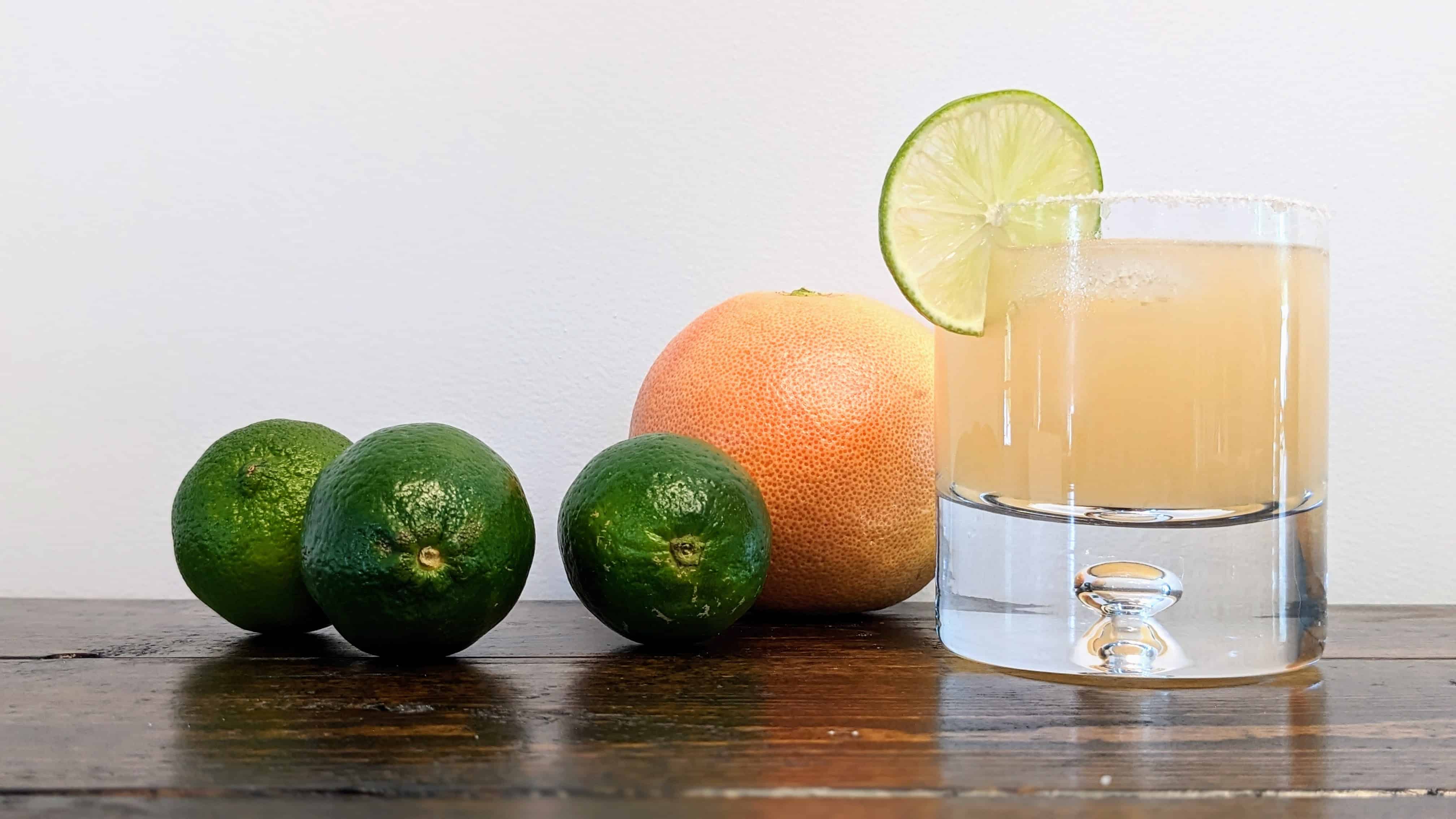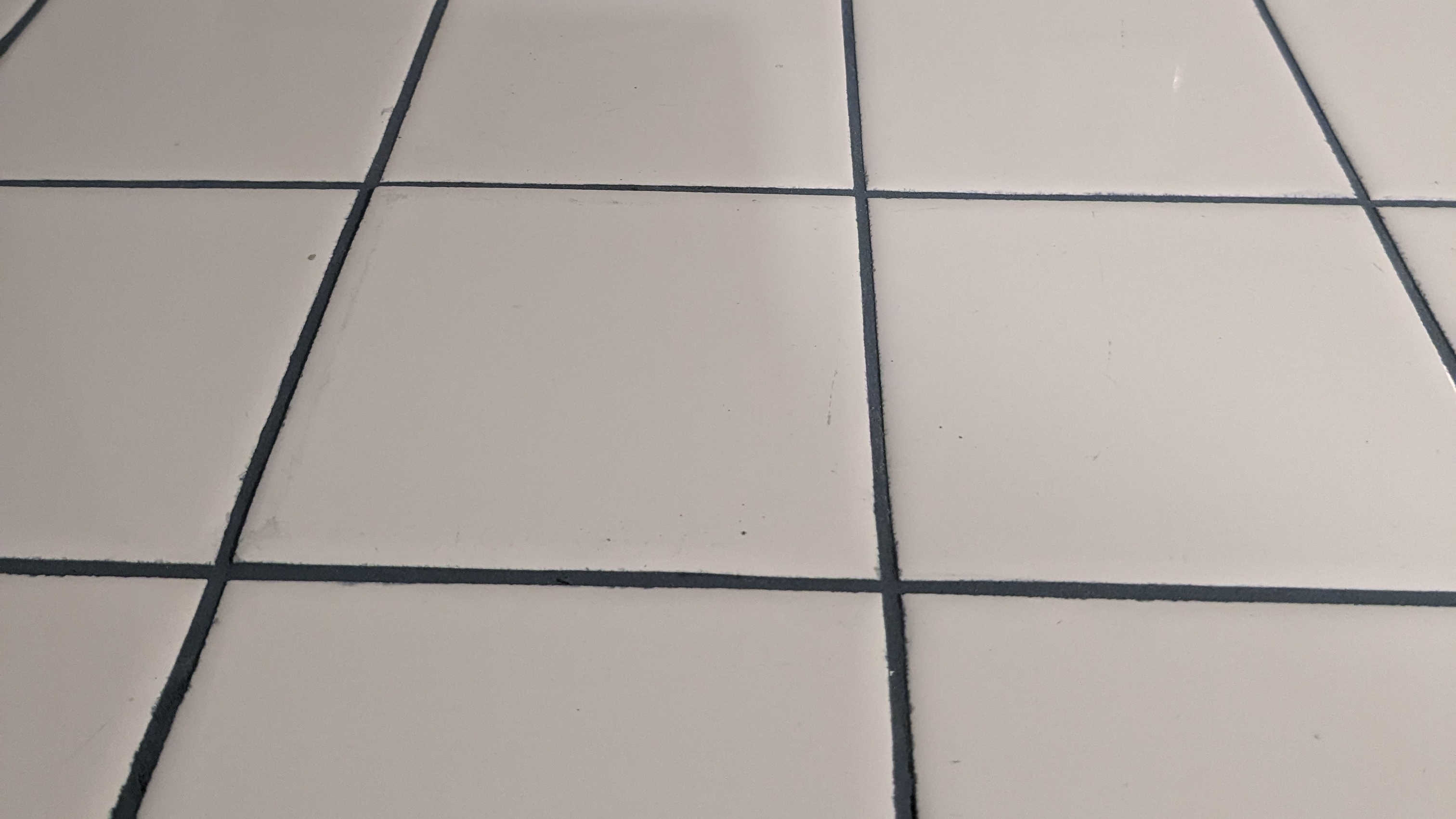For Part 1, click here.
For Part 2, click here.
For Part 3, click here.
For Part 4, click here.
For Part 5, click here.
For Part 6, click here.
Water Supply
Most persons consider a spring a safe source of supply for drinking-water, but it should be remembered that spring-water is no better than its source, the ground-water, and that may be seriously contaminated. Mountain streams should be traced to their source to insure that they are not polluted by privies, stables, or rotting vegetation. Eternal vigilance is the price of sanitary safety. In lakes and ponds the deeper parts are purest and the larger of the volume of water the greater the dilution. No large river that receives the drainage of successive towns and villages can be trusted for drinking purposes without filtration. When rain or melted snow sinks into the soil, it passes down until it reaches clay or hard-pan, where it collects in pools or streams which spread for miles and flow like rivers, following the dip of the underlying strata. As surface water passes downward, the soil acts as a filter and strains out floating dust and other refuse found in settled communities. It is cooled by contact with masses of ice or frozen ground, and this is why spring- or well-waters are so palatable. If the ground is porous, the process of purification is rapid. In a clay soil it is slow; and surface water collect in pools, stagnates, gets full of rotting vegetation, and fosters malaria.
In most places it is only necessary to sink a well twenty or thirty feet to obtain an ample supply of water. On Long Island the underground streams are even nearer the surface, while in other localities tube-wells have been driven a thousand feet without striking water. Dr. Roberts of New York Board of Health states that at Memphis the water in driven wells, under two hundred feet of clay, was contaminated by kerosene-oil spilled on the ground. This shows how easily shallow wells may be polluted if the ground is contaminated by the soakage from barnyard’s, cesspools, and privies.
Wells are most likely to be contaminated by surface leaching, and therefore the upper part should be constructed so as to exclude rats, frogs, snakes, decaying leaves, and soakage of rain and melting snow. The well should be lined for some distance down with large tile pipes carefully cemented, provided with a heavy flagstone cover, and the whole roof over.
Cisterns
Rain-water is a valuable addition to the household supply. A roof of 30 x 40 feet will, even in a dry year, supply five barrels a day – enough for an average family. Impurities are greater in town than in the country, but by letting the first rainfall run to waste, and excluding dust and leaves, cistern water may be made palatable; while it is especially suited for laundry use. A cistern should be of sufficient size to hold a month’s supply. It should be covered with a fine wire-netting to exclude insects and dust, and it should be impervious to surface-water. Deep cisterns are coolest, and the water tends to purify itself as the sediment is deposited and the impurities oxidized.
Domestic Filters
An ordinary filter is a delusion and a snare, unless it can be frequently reversed and thoroughly cleansed. It is simply a mechanical strainer, and not only serves no useful purpose, but is an actual menace. It is like having a cuspidor that is never cleaned; it only collects filth and propagates disease germs.
To be continued….
- From The Standard Family Physician: A Practical International Encyclopedia of Medicine and Hygiene Especially Prepared for the Household. Copyright 1907 by Funk & Wagnalls.





Leave a Reply